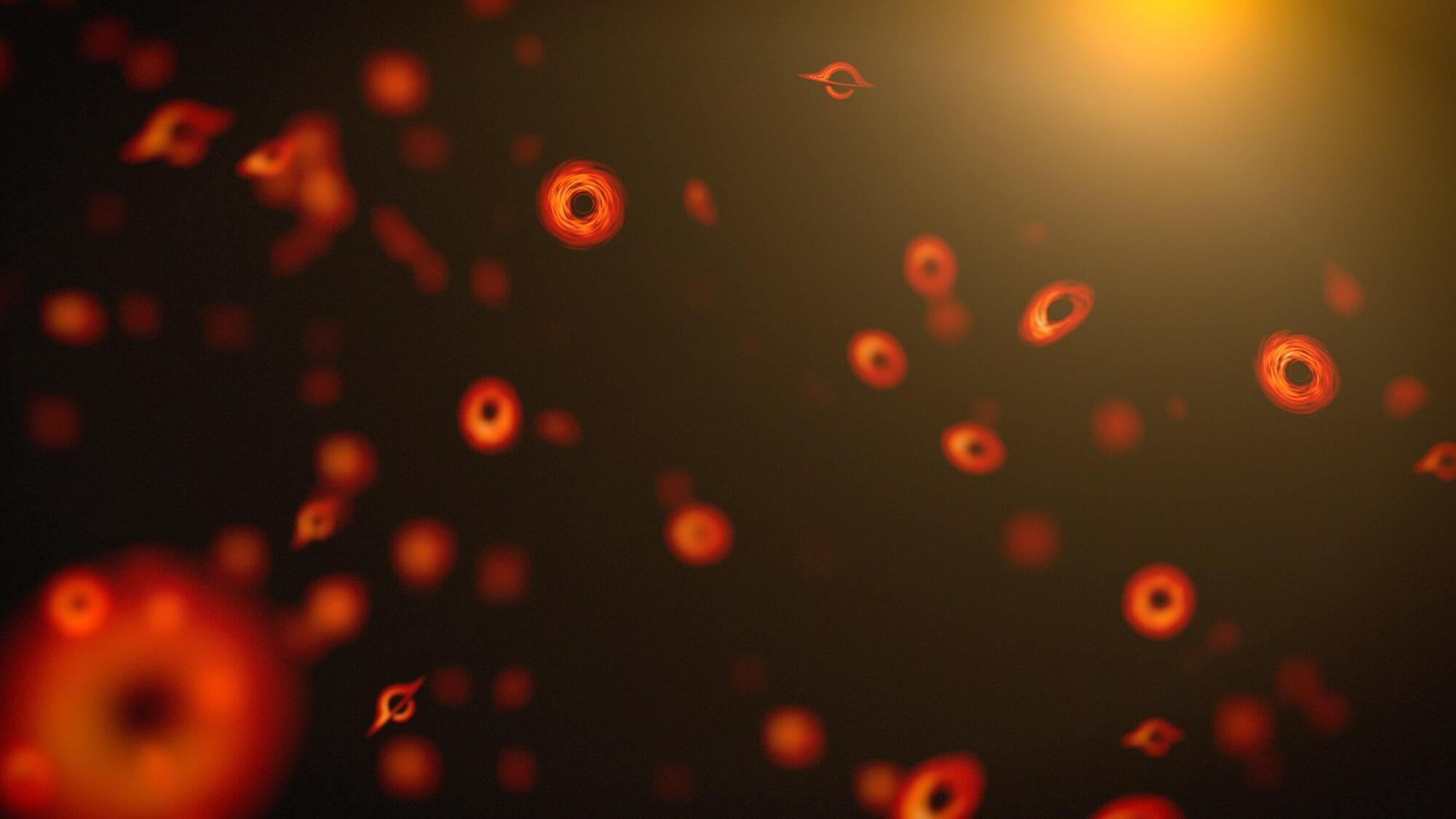In cellular automata, simple rules create elaborate structures. Now researchers can start with the structures and reverse-engineer the rules.



Early and accurate diagnosis of dementia remains a major challenge. Standard approaches such as MRI and PET scans can provide valuable information about brain structure and function, but they are expensive, not always accessible, and often too expensive for repeated use.
A team of researchers in the UK has now demonstrated that a compact, noninvasive technology—broadband near-infrared spectroscopy (bNIRS)—may offer a new way to detect brain changes linked to Alzheimer’s disease, even in the early stages.
In this pilot study reported in the Journal of Biomedical Optics, scientists used bNIRS to monitor both blood oxygenation and brain metabolism in response to visual stimulation.

Quantum computers promise revolutionary processing power, but realising this potential requires fundamentally new approaches to programming, and a team led by David Wakeham from Torsor Labs now presents a radical departure from conventional methods. The researchers introduce a programming model based on ‘props and ops’, propositions and operators, which replaces the traditional ‘states and gates’ approach with a framework rooted in operator algebra. This innovative system provides a concise and representation-agnostic foundation for quantum programming, effectively rebuilding core concepts like the Bloch sphere from algebraic principles, and offering a novel way to express and manipulate quantum information. By establishing a robust algebraic substrate, the work paves the way for developing high-level quantum languages and, ultimately, practical software applications that can harness the full power of quantum computation.
Researchers have established a new foundation for quantum computing that replaces traditional programming methods with a system based on operator algebra, offering a more versatile and universal approach to building and programming quantum computers.

Recall.ai provides an API to get recordings, transcripts and metadata from video conferencing platforms like Zoom, Google Meet Microsoft Teams, and more. Get this data with our Meeting Bot API, Desktop Recording SDK, or Mobile Recording SDK.
The setting of cookies on this website is set to “Allow Cookies”, in order to provide you with the best possible browsing experience. The site does not use visitor profiling cookies. If you continue to use the Website without changing your cookie settings or click “I Agree” below, you agree to this cookie policy. See also our privacy policy according to GDPR. … I AGREE.

A decade ago, scientists first detected ripples in the fabric of space-time, called gravitational waves, from the collision of two black holes. Now, thanks to improved technology and a bit of luck, a newly detected black hole merger is providing the clearest evidence yet of how black holes work—and, in the process, offering long-sought confirmation of fundamental predictions by Albert Einstein and Stephen Hawking.
The new measurements were made by the Laser Interferometer Gravitational-Wave Observatory (LIGO), with analyses led by astrophysicists Maximiliano Isi and Will Farr of the Flatiron Institute’s Center for Computational Astrophysics in New York City. The results reveal insights into the properties of black holes and the fundamental nature of space-time, hinting at how quantum physics and Einstein’s general relativity fit together.
“This is the clearest view yet of the nature of black holes,” says Isi, who is also an assistant professor at Columbia University. “We’ve found some of the strongest evidence yet that astrophysical black holes are the black holes predicted from Albert Einstein’s theory of general relativity.”

Physicists have long believed that black holes explode at the end of their lives, and that such explosions happen—at most—only once every 100,000 years. But new research published in Physical Review Letters by physicists at the University of Massachusetts Amherst has found a more than 90% probability that one of these black-hole explosions might be seen within the decade, and that, if we are prepared, our current fleet of space and earthbound telescopes could witness the event.
Such an explosion would be strong evidence of a theorized but never observed kind of black hole, called a “primordial black hole,” that could have formed less than a second after the Big Bang occurred, 13.8 billion years ago.
Furthermore, the explosion would give us a definitive catalog of all the subatomic particles in existence, including the ones we have observed, such as electrons, quarks and Higgs bosons, the ones that we have only hypothesized, like dark matter particles, as well as everything else that is, so far, entirely unknown to science. This catalog would finally answer one of humankind’s oldest questions: from where did everything in existence come?

Scientists have confirmed two long-standing theories relating to black holes—thanks to the detection of the most clearly recorded gravitational wave signal to date.
Ten years after detecting the first gravitational wave, the LIGO-Virgo-KAGRA Collaboration has (10 Sep) announced the detection of GW250114—a ripple in spacetime which offers unprecedented insights into the nature of black holes and the fundamental laws of physics.
The study confirms Professor Stephen Hawking’s 1971 prediction that when black holes collide, the total event horizon area of the resulting black hole is bigger than the sum of individual black holes—it cannot shrink.